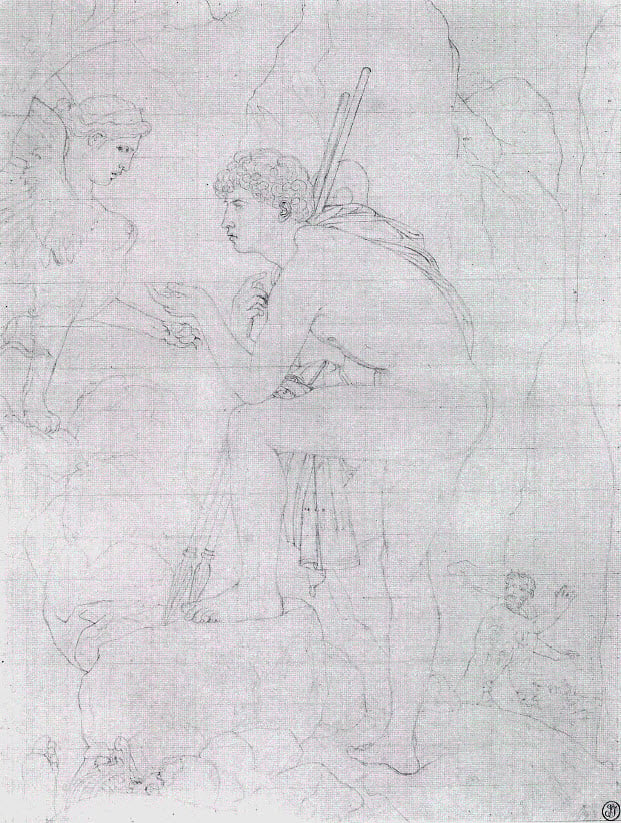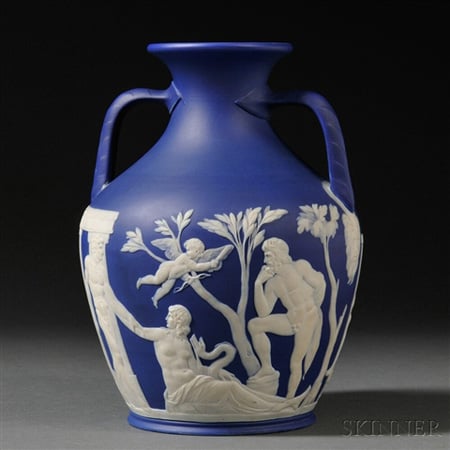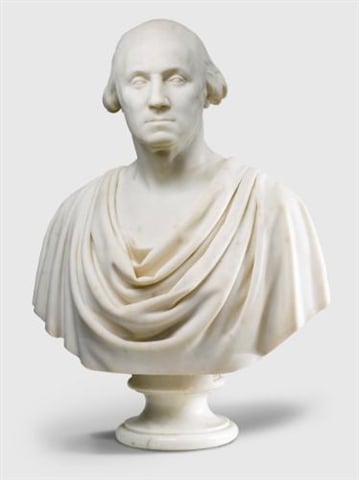Galleries
A Brief History of Neoclassical Art
Neoclassical art: its development, Classical inspiration, and significant artists.

Neoclassical art: its development, Classical inspiration, and significant artists.

Erica Trapasso

“The only way for us to become great, or even inimitable if possible, is to imitate the Greeks.”
—Johann Joachim Winckelmann
As the term implies, neoclassicism is a revival of the classical past. The movement began around the middle of the 18th century, marking a time in art history when artists began to imitate Greek and Roman antiquity and the artists of the Renaissance. Apart from Diderot, other art critics desired a “better” kind of art that followed the styles of past masters like Nicolas Poussin (French, 1594–1665), Michelangelo (Italian, 1475–1564), and Raphael (Italian, 1483–1520) who were very much influenced by the classical world.
Johann Joachim Winckelmann, founder of modern archeology and art history, praised the Greeks and believed them to be as close to perfection as possible. Following Winckelmann’s words, many artists began to study Greek architecture and create classically inspired works of art. In 1738, excavations of Pompeii and Herculaneum led to the finding of well-preserved, colorful paintings, mosaics, and pottery. These discoveries only fueled artistic fascination and curiosity for antiquity, and artists began to use this new knowledge of the past in their art, creating their own “new” classical style that was extremely different from the Rococo—a style popular during the early to mid-18th century.
One such artist was Jean-Auguste-Dominique Ingres (French, 1780–1867). His painting of Oedipus and the Sphinx (1808) represents a scene from the classical Greek plays of Sophocles. Oedipus, the protagonist of the plays, finds himself face to face with a Sphinx, who asks him the now-famous riddle: It walks on four legs in the morning, two in the afternoon, and three in the evening. Aside from the subject matter drawing inspiration from Greek culture, the physical characteristics are traditionally classical: beauty, harmony, balance, and line. The use of strict horizontal and vertical lines, clearly seen in Oedipus’s stance, is a very important neoclassical characteristic that helps create a harmonious and balanced composition. Though Ingres’s image of Oedipus does not portray the idealized human form essential to classicism, his depiction of the male figure agrees with Winckelmann’s idea of “imperfect nature.” Perfection lies within the imagination, and the image one creates in reality is only the idea of perfection.

Jean-Auguste-Dominique Ingres, Oedipus Before the Sphinx, pencil, sold at Christie’s London
The discovery of preserved ancient artifacts also played a huge role in the Decorative Arts of the time. Josiah Wedgwood (British, 1730–1795), one of the most famous English ceramic manufacturers of the 18th century, founded the Wedgwood company in 1759, which produced classically inspired jasperware, creamware, and black basalts, formed using simple geometric lines, and decorated with frieze-like scenes reminiscent of ancient Greek and Roman pottery. John Flaxman (British, 1755–1826), a prominent neoclassical sculptor, illustrator, and designer, began working for Wedgwood around 1775. His oeuvre includes illustrations for classical literature like the Odyssey, and designs for classically inspired decorative works of art produced by Wedgwood, and monuments for military heroes and nobles.

Wedgwood Dark Blue Jasper Dip Portland Vase, c.19th century, sold at Skinner, Boston, MA

John Flaxman, A Pair of Wedgwood Blue and White Jasperware Rectangular Plaques, c.1795–1800, sold at Sotheby’s New York
Neoclassicism was also an important movement in America. The United States modeled itself on the ancient civilizations of Rome and Greece, both architecturally and politically. Neoclassical ideals flowed freely in the newly formed republic, and classically inspired buildings and monuments were erected. Washington, D.C. is still decorated with these white marble façades, imitations of antiquity, and portraits of presidents sculpted in the manner of Roman emperors and glorified in colossal monuments.

Hiram Powers, Bust of George Washington, marble, sold at Sotheby’s New York